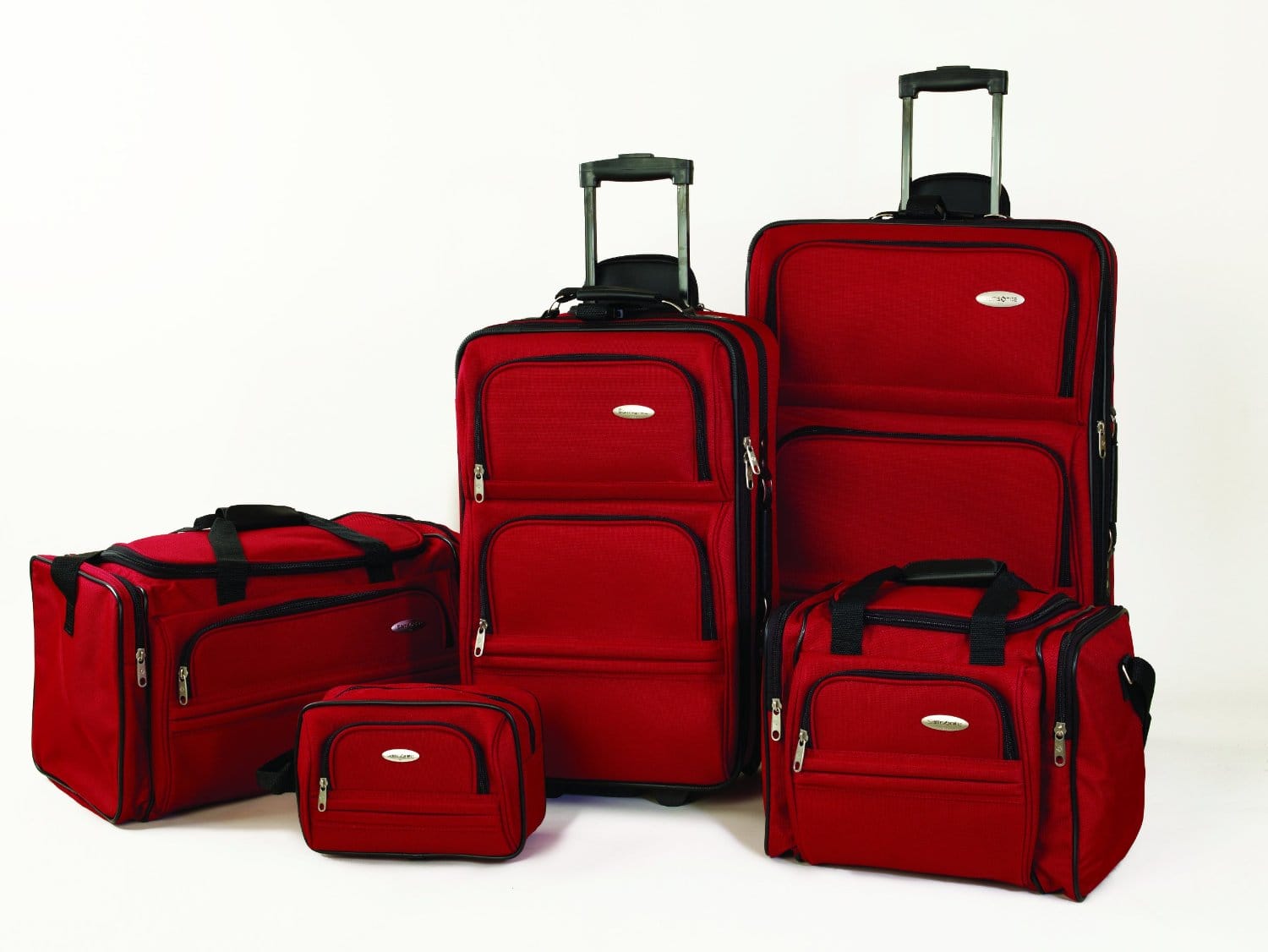Anyone who considers themselves to be a seasoned international traveler or jet-setting explorer has probably not only invested in the best luggage brands, but should already be familiar with many of the luggage allowance guidelines which have been implemented over the course of the last few years. There’s nothing worse than having to ditch something you brought along or pay an extra fee; well, aside from landing at your destination, arriving at your hotel and realizing you left something really important at home, that is. Aside from taking your time when packing and giving careful thought to what you really will need on your excursion, you should always start by identifying your luggage limits, also called allowances.
First off, you should know that there are weight and size limits for both standard baggage as well as carry on luggage. As far as carry on luggage is concerned, most of you already know the routine; small to moderately-sized bags which are able to easily fit inside an overhead compartment and only weigh several pounds. The point is, your carry on bag is not really meant to transport anything other than the absolute essentials; in other words, the things you MUST have, like medicines, glasses, identification, passport, money, personal entertainment, small electronic devices, etc… You should really make an effort to keep the size and weight of your carry on as small and manageable as possible in the event that some airline enforces different, more stringent regulations. Otherwise, you might have to surrender your carefully-packed bag in a hurry. The relative dimensions for most accepted carry on baggage are 11x14x26.
Conversely, everything else needs to travel with your standard baggage. The weight and size limits for standard luggage will vary from airline to airline, but in general, each bag should not weigh more than 50 pounds. In fact, if you bring a bag that weighs in excess of even 60-65 pounds you might not be able to check it without lightening the load or paying an extra fee. In terms of size, standard luggage dimensions should fall somewhere between 55x40x23cm and 61x43x25cm.
Next, do some research and find out just how much it will cost to check a bag (assuming you haven’t paid for it in advance). In general, most airlines will allow you to check the first piece of luggage for free (if it falls within the weight and size guidelines of course), but often levy a fee for an additional bags, which is usually somewhere in the range of $10 – $25. Moreover, if you cannot avoid bringing along an overweight bag, find out how much the extra weight is going to cost you ahead of time, if possible.
If you’re really going to be traveling “heavy”, or with a lot of luggage, consider sending your bags well in advance of your visit via an international delivery service like DHL, FedEx, or even Luggage Forward. Of course this option might be somewhat more expensive than what most people are willing to spend, however, if you can manage to have your luggage delivered and picked up by your hotel, for example, you will arrive at your room and find your bags inside (a nice touch).




